At 8:30 am a group of one day Earthwatch volunteers gathered in the North Head Sanctuary to help scientists, Nelika Hughes, to collect and evaluate the monitored data. After a briefing about the living and health conditions of the North Head bandicoots, the group swarmed out to collect last week’s video footage and to relocate the cameras. Lures, consisting of tee strainers filled with sardines, were set out and framed by two cameras. The cameras would be activated through movements in the designated area and capture the attracted animal in a 60 sec video clip.
In the afternoon the volunteers went through last week’s video footage. They noted down which animals came to the site at what time and if they were interested in the lure. Especially possums and rats seemed to like the smell of the sardines. They would jump on the stick holding the lure and try to get hold of content. A hound on her daily walk was a regular visitor and so were some bypassing rabbits. Feral and domestic cats, one of the main targets of the research, could not be spotted. The one and other bandicoot, however, was attracted by the lure and posed in front of the camera.
Nelika evaluated the data. The result was not representing the last four weeks’ findings. It had been a very quite week with less rats and possums visiting. The results help Nelika to determine which animals are dominant in the area, when they are active and if they are showing any characteristics. By the end of the 8 week period she hopes to find out, if a large number of feral cats, possums and rats may be responsible for the declining bandicoot population.
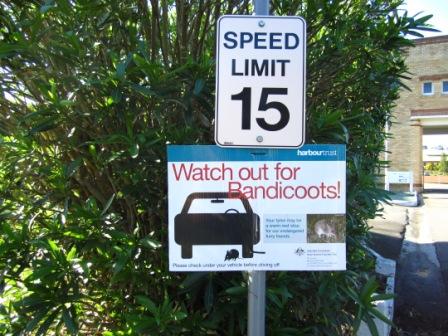
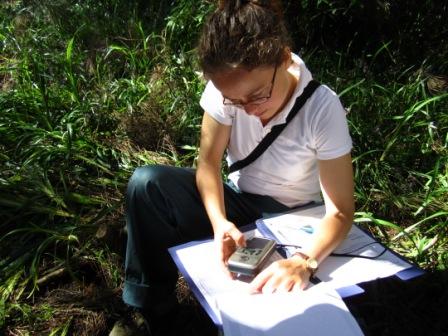
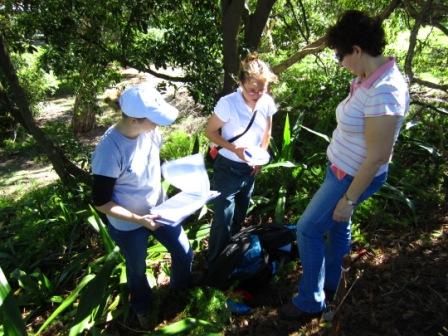
Signs to protect bandicoots._______ Intern Helen reading the coordinates. Finding the right spot for the lure.
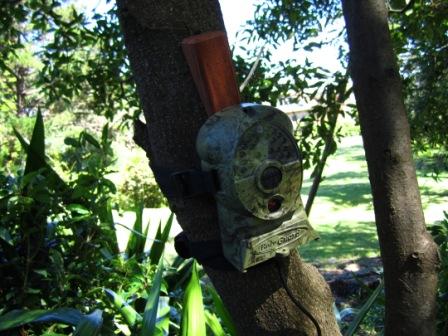
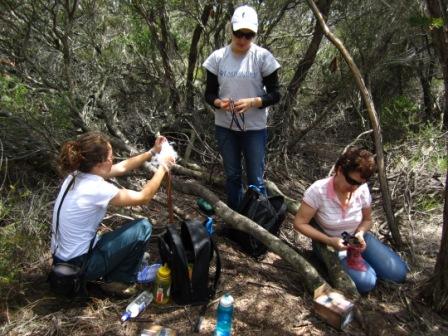
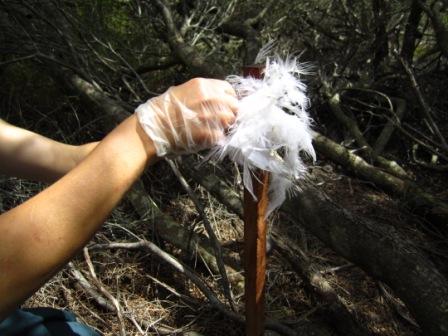
Camera capturing wildlife.__________Preparing the sight.____________ _Attaching feathers to the lure.
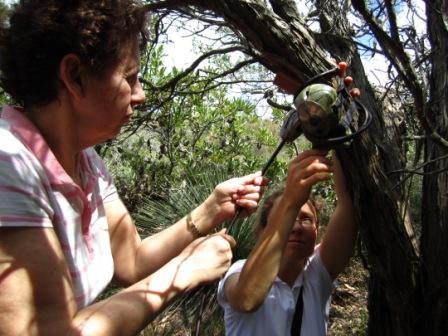
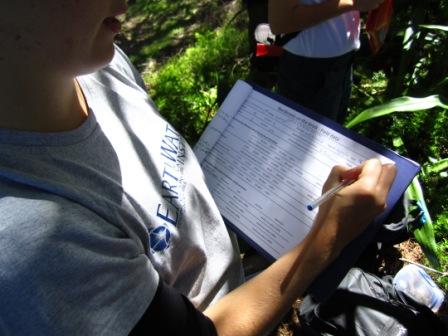
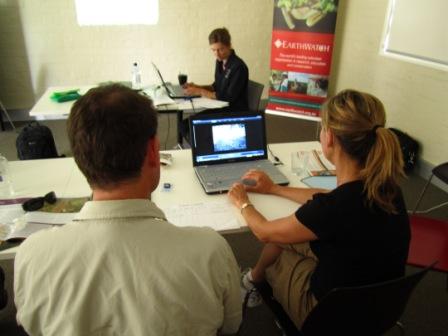
Attaching the camera.____________Describing the setting.____________ Evaluating the footage.

